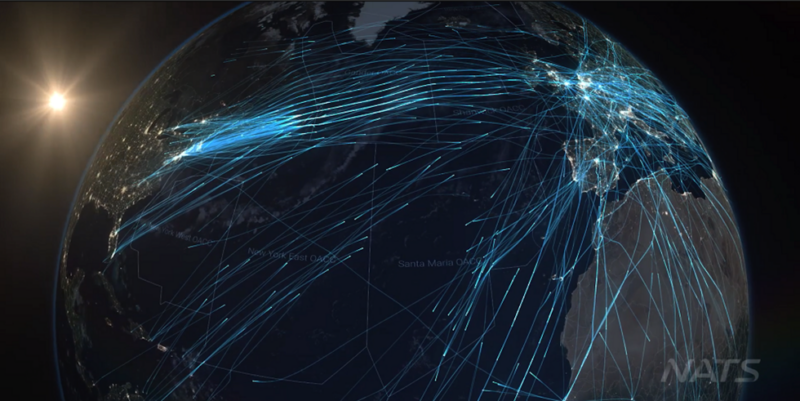Unpredictable traffic poses planning challenges
17 June 2022It’s wonderful to see people flying again, but the effort to revive an industry that’s been largely dormant for two years is creating big challenges, as we’re all seeing in the news and on social media.
This has been a tough time for our industry, especially since the Government’s furlough scheme ended and continued changes in COVID restrictions, and I thought it might be useful to give a view on what’s happening from an air traffic control perspective.
Right at the start of the pandemic, we decided that we must maintain our operational capability. In hindsight, that was a much bigger decision than it seemed even at the time – little did anyone know that this crisis would go for more than two years.
We protected jobs and pay and spent £66m making sure furloughed employees still received their full salaries. When we had a voluntary redundancy programme, our controllers weren’t part of it because of their role as key workers helping to guide repatriation, cargo and medical flights – and because we didn’t want our capacity to be a brake on the industry’s recovery once it came.

The main challenge during the pandemic was keeping controllers’ skills sharp and their licences current, which took careful management, as has making sure they’re ready and confident as traffic has started to come back.
Right now, our big challenge is volatility. We’re currently seeing 80%-90% of pre-pandemic traffic in the UK, but that traffic is both very ‘peaky’ and often presenting in places and at times that we’re not expecting. The closure of Ukraine’s airspace means many flights are tracking much further west than usual, causing bottlenecks in Germany; a major technology transition in France which we’re supporting by handling more traffic than usual; and capacity and resource issues on the ground are all contributing to an environment that conspires against planning and predictability and makes it very hard to get it right all the time.
Radar controllers are only valid to work on a limited number of sectors of airspace. As part of our usual planning process, we look ahead at the airlines’ schedules and decide which controllers we need where and when. The volatility we are now seeing is making that very difficult.
Most of the time we are getting it right. During the week ending 10 June, we handled around 24% of all of Europe’s traffic, but only contributed 7% to the overall delay. However, some days are proving far more challenging to adapt to. On Wednesday last week we had a lot of air traffic control delay in the higher UK airspace where it intersects with Europe. Next day there was none at all, which gives you some idea of how unpredictable the current operational environment is.
The latest @eurocontrol Comprehensive Aviation Assessment includes this graphic showing a big increase in ATFM delays (notably in Germany & France) to around 3 mins/flighthttps://t.co/fP3PzRH9Hv@Transport_EU @ECACceac @CANSOEurope @IATA @A4Europe @eraaorg @EBAAorg @ACI_EUROPE pic.twitter.com/IPJ7gM5lUm
— Eamonn Brennan (@eurocontrolDG) June 10, 2022
Everyone in this industry gets up in the morning keen to do a good job. Everyone is doing their best to get people safely where they want to be, when they want to be there. We will continue to work closely with our industry partners both in the UK and across Europe, but this is going to be a very challenging summer that will call for patience and flexibility from everyone.
Comments
Please respect our commenting policy and guidelines when posting on this website.



